Coronavirus: Qatar spies an opportunity in our empty skies
Flight radar images offer a startling illustration of the extent of airline cutbacks in response to the virus outbreak.
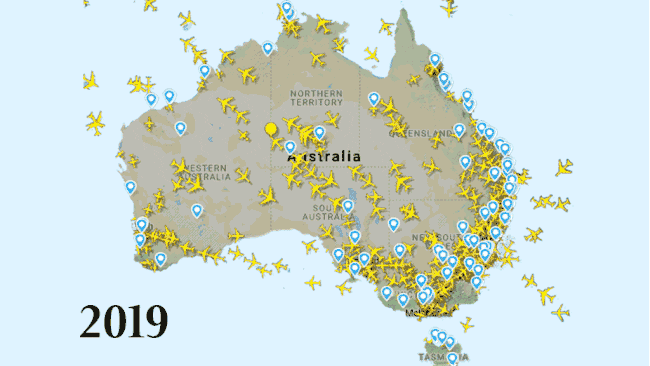
Flight radar images of Australia’s airspace one year apart have underlined the drastic impact the coronavirus has had on aviation.
With four of Australia’s biggest carriers of overseas travellers suspending all international services at the same time as domestic flights have been slashed, the skies have all but emptied.
In the same week a year ago, Qantas operated 350 overseas flights in and out of Australia, Singapore Airlines’ flew 142, Jetstar had 50 return flights and Emirates 42.
Air New Zealand, which was operating more than 80 flights a week to Australia has now cut back to just seven, and Virgin Australia has also suspended its 190 weekly services.
Of the few international flights landing or taking off from Australia on Monday, an Austrian Airlines’ Boeing 777 was among them, after a 17-hour journey from Vienna.
The repatriation service to Sydney was the longest in the airline’s history, covering just over 16,000km.
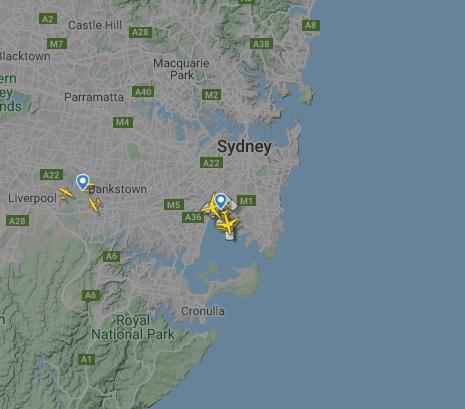
In a surprising move, Qatar Airways has significantly boosted capacity to Australia in coming months, adding 28 more flights a week until April 30 representing an extra 48,000 seats.
The flights included a new service to Brisbane, for which Qatar was granted a special permit by the federal government after previously refusing the airline access.
With the other Gulf carriers Emirates and Etihad forced to halt international flights, Qatar Airways’ chief commercial officer Simon Talling-Smith said they saw an opportunity to increase services.
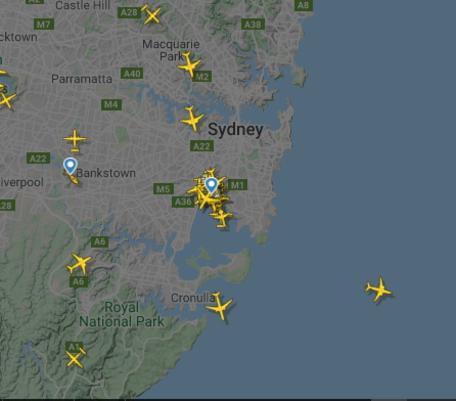
He said there was still significant demand from people in Australia wanting to return home to Germany, France, Scandinavia and the UK.
“We are seeing a wave of people all over the world who are determined to get home. I think that’s understandable in a time of crisis,” Mr Talling-Smith said.
“We obviously have to fly viable services, and most of the services coming out of Australia at the moment are very full but they’re not so full going into Australia. On average those services are doing okay.”
Despite having the backing of the Qatar government, Mr Talling-Smith said Qatar Airways was experiencing the same struggles as many other airlines and was having to downsize in some areas.
To that end, flights to some European and Asian cities had been suspended and frequencies to many other destinations reduced from four flights a day to once a day.
But Mr Talling-Smith said they, like Qantas, were determined to see through the crisis and come out the other side even stronger.
“We don’t have an unlimited supply of funds from the government,” said Mr Talling-Smith.
“We’re actually now relying on our own reserves within the airline but it may be that we need to go to our investor to discuss additional funding.”
Like most airline industry operators, Mr Talling-Smith was expecting the travel industry to look very different post-coronavirus after experiencing “extremely hard times”.
“There will inevitably be some consolidation, there’ll be some failures and there’ll be some of the big names who come through very well,” he said.
“What is important for airlines is managing their business very very carefully and very diligently through the crisis, being very flexible and having strong but changeable plans so they can adapt to the market because it changes really every week almost unpredictably.”


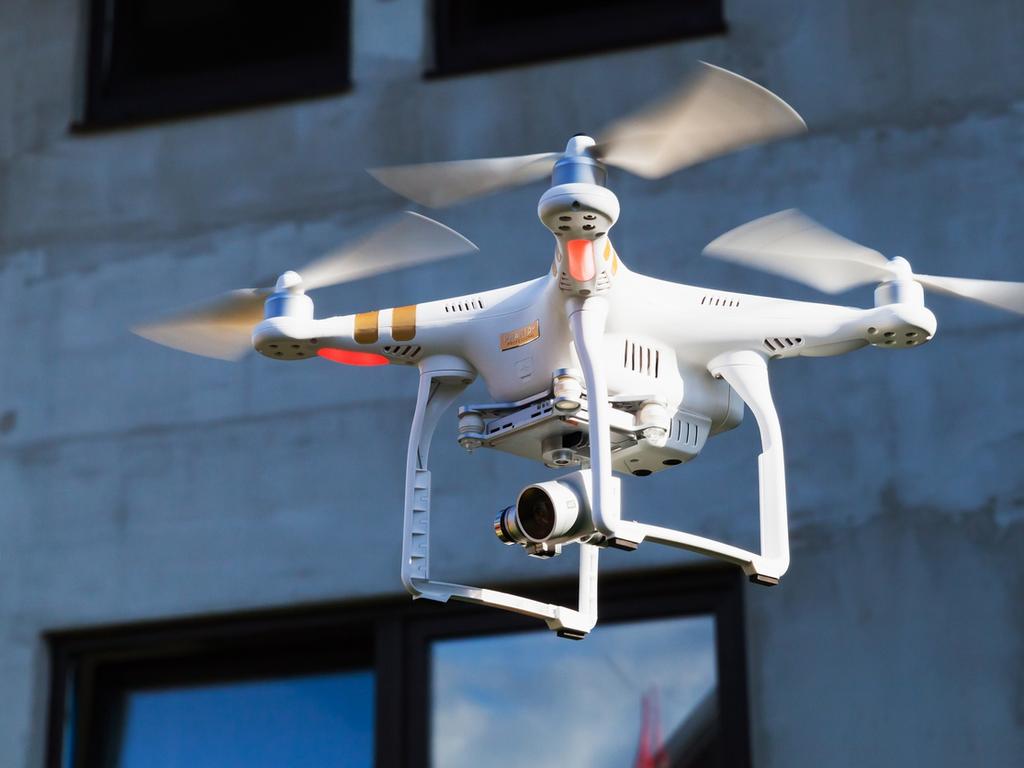


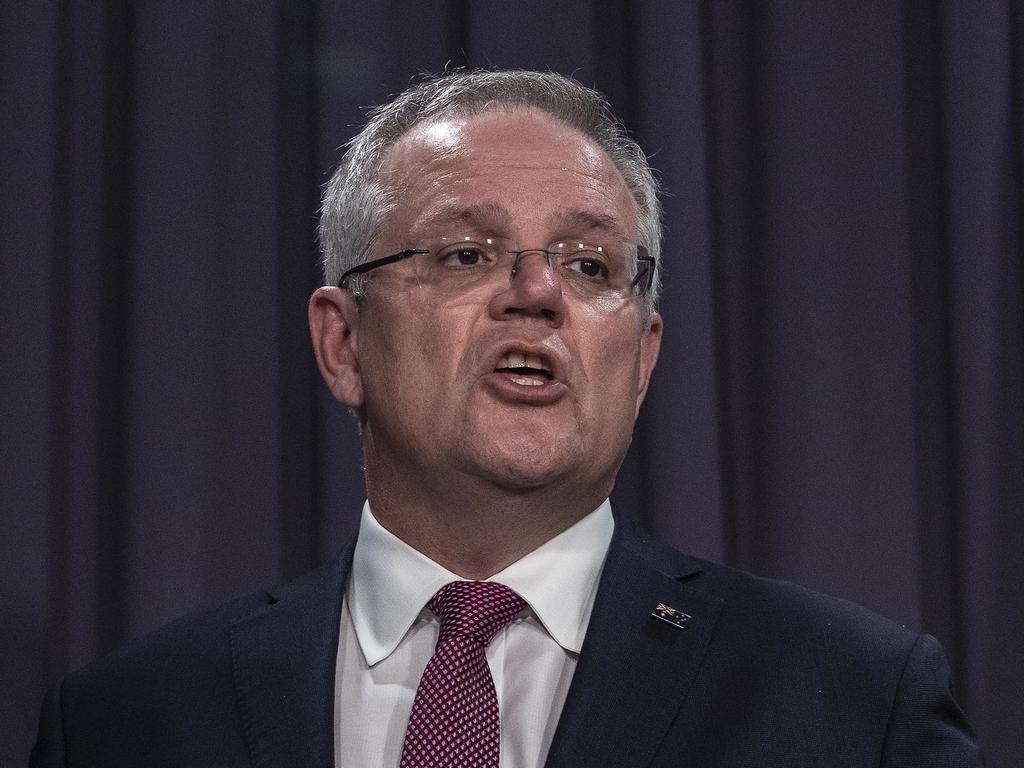


To join the conversation, please log in. Don't have an account? Register
Join the conversation, you are commenting as Logout